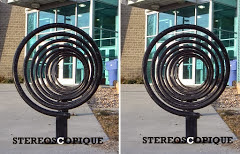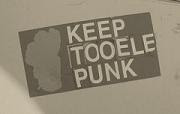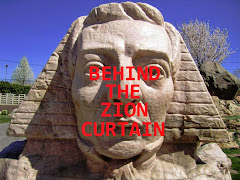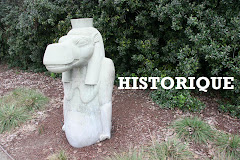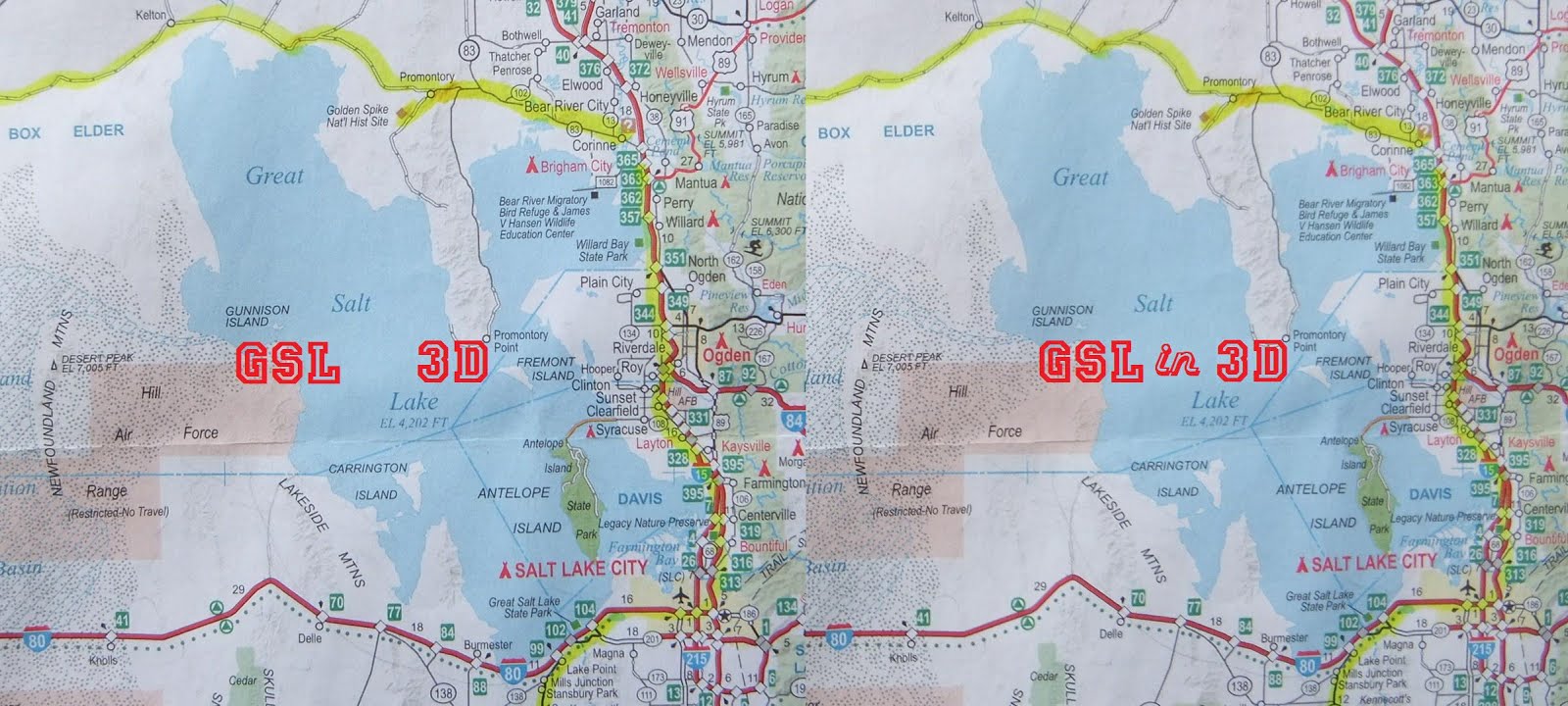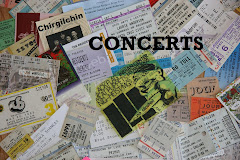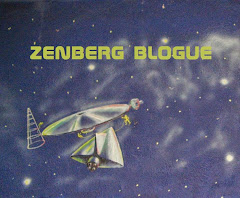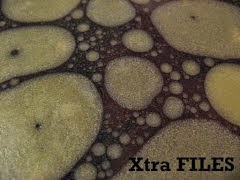Due to a cancelled flight, my son and I had the opportunity to spend the night at JFK International Airport. Knowing that we'd be there for at least seventeen hours, we quickly located chairs within close proximity to electrical outlets. The batteries on both of our phones and cameras were critically low so it was crucial to charge up for the long night ahead. We soon discovered that we had the only two outlets in the entire area that was occupied by hundreds of other displaced travelers, like ourselves.
What do you do when you're trapped in an airport?
Here we were in New York City, and we were trapped at the airport with nothing to do. I knew that the architecture of the airport would make for some pretty awesome 3D photos, so with a fully charged battery, I set out in search of depth, perspective and intrigue.
Other than a couple of official personnel, the baggage claim area in the basement was desolate.
I escalated myself upstairs to get an overview of the dismayed travelers at the Jet Blue check in area. No one seemed to be having a good time. I was.
The near empty corridors leading to the Air Bus and parking plaza provided a wonderful opportunity for me to take photos.
The sun was low on the western horizon when I stepped outside and climbed the stairs to the top of the parking plaza.
The Air Bus and tracks provided some interesting 3D opportunities too.
Back inside, I discovered other bored travelers who were literally climbing the walls.
The arched architecture of the Air Bus station was beautifully illuminated by the descending sun.
Outside, planes sat motionless as numerous flights* were cancelled.
The last shot I took was looking down over the Jet Blue check in area. I still had a long night ahead.
*Supposedly, a "glitch" in the system resulted in the cancellation of more than thirty flights at JFK and another sixty or so nationally. Suspiciously, not all flights were effected by this "glitch".























































